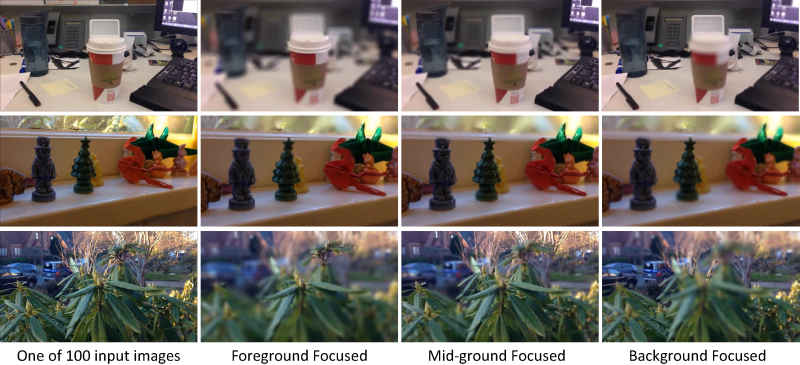Abstract
Tradeoffs exist between the baseline or distance between cameras and the difficulty of matching corresponding points in stereo and structure from motion. Smaller baselines result in reduced disparities reducing the accuracy of depth estimation. Larger baselines increase the range of observed disparities, but also increase the difficulty of finding corresponding points. In this paper, we explore the use of very small baselines, called micro-baselines. Microbaselines, typically just a few millimeters, provide the advantage that they can be captured using a single camera. That is, a "static" camera that is either hand-held or mounted on a tripod will typically vibrate some small amount while capturing video. We take advantage of the vibrating motion to compute depth information. For hand-held cameras a small amount of motion is generally always present, while many surveillance applications involve cameras mounted outside or on high poles that exhibit this type of motion. Even indoor cameras mounted on tripods move due to human traffic and machine vibrations.
|
|
|


